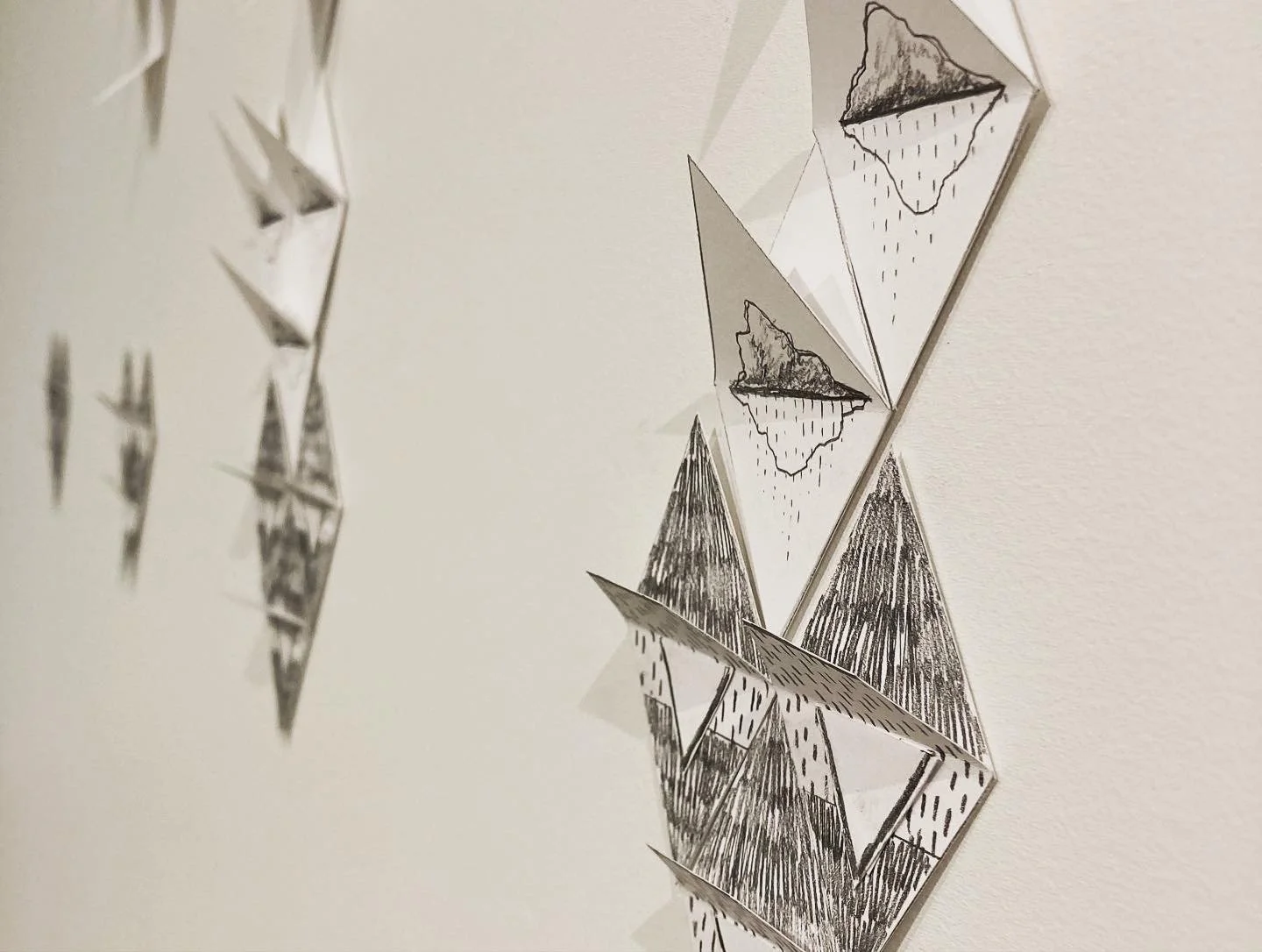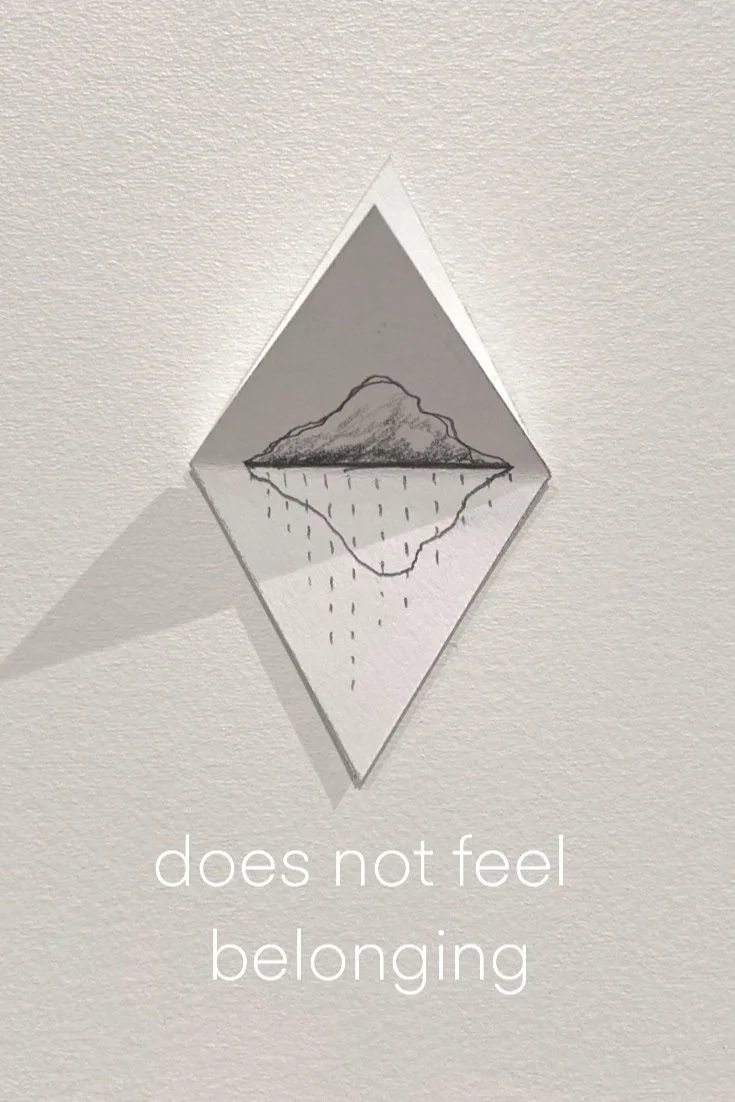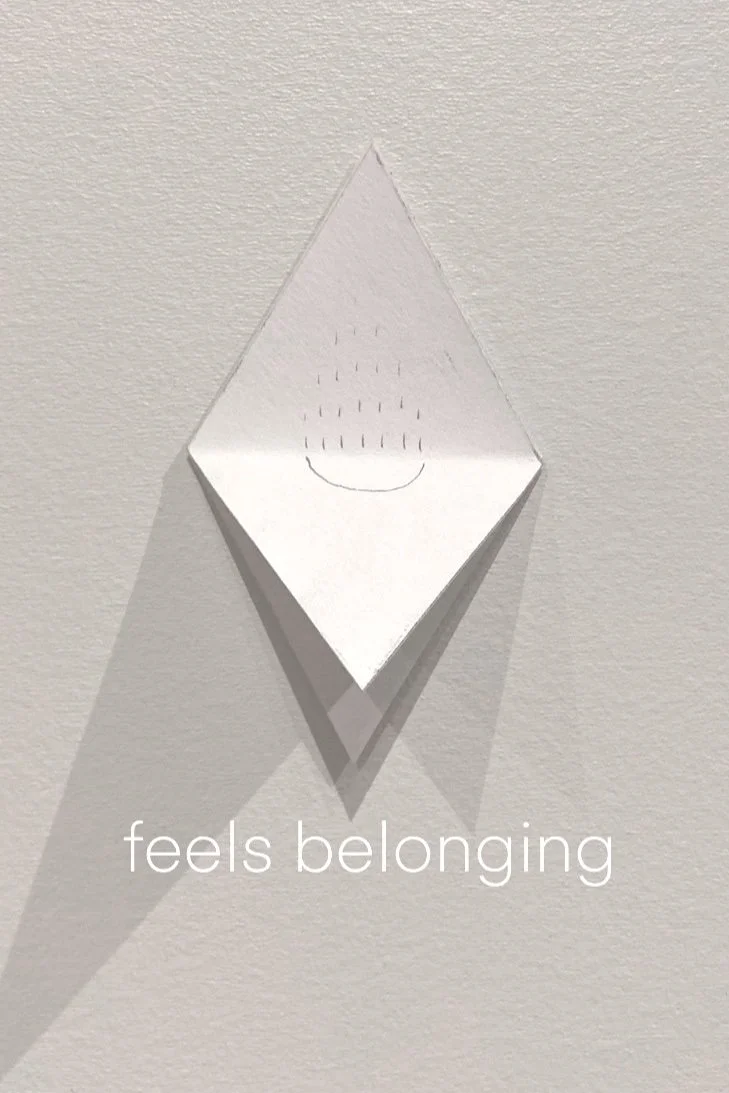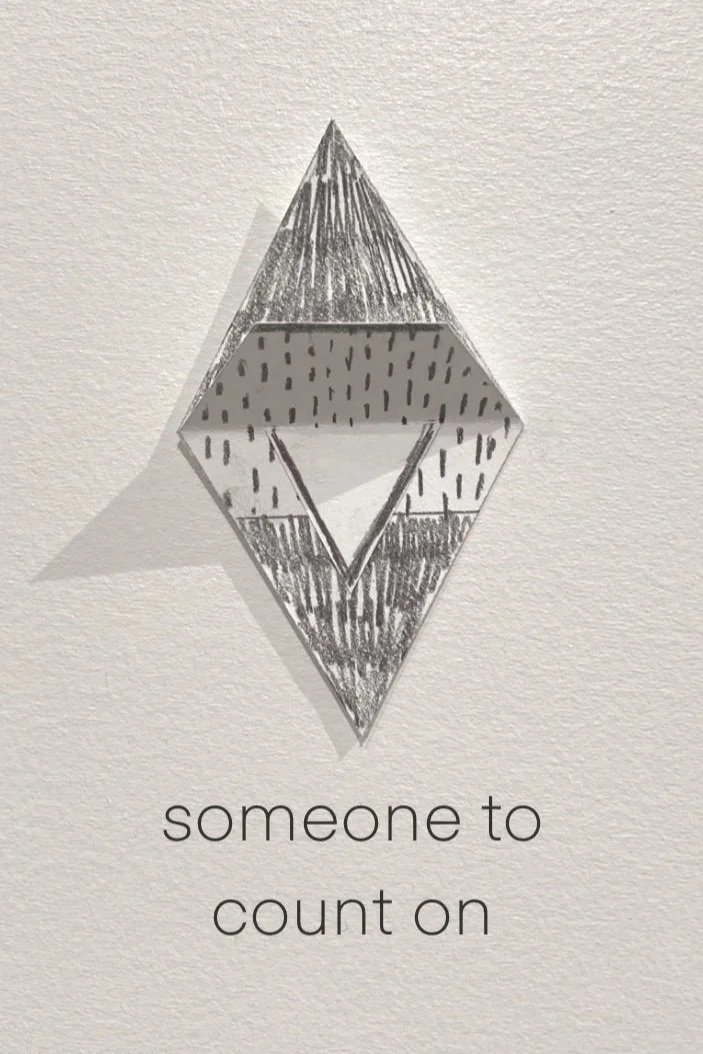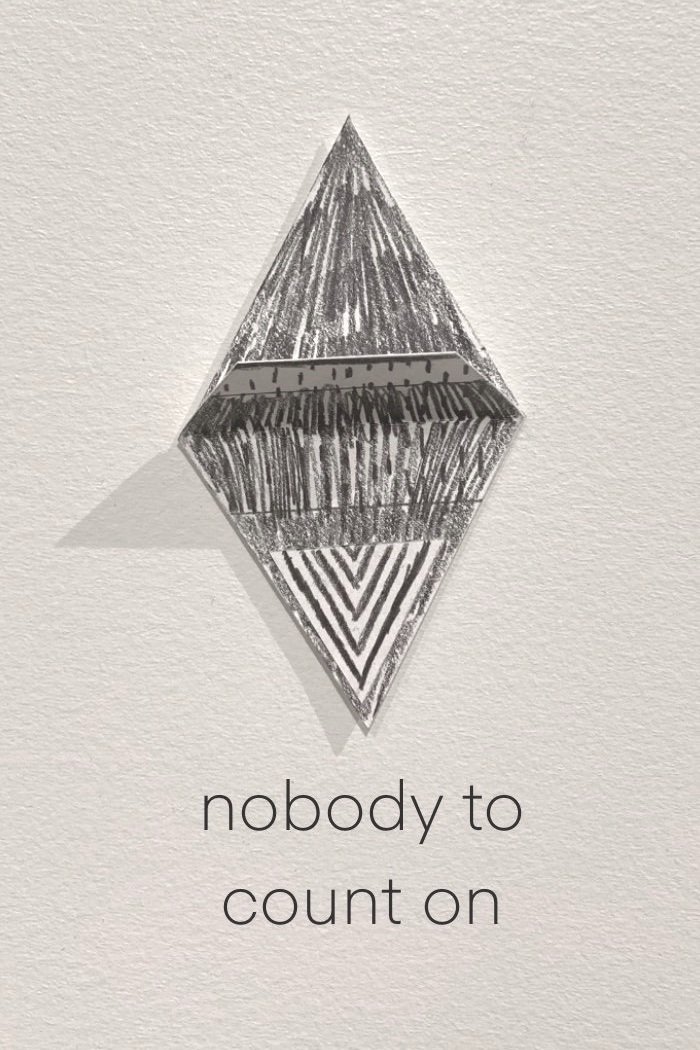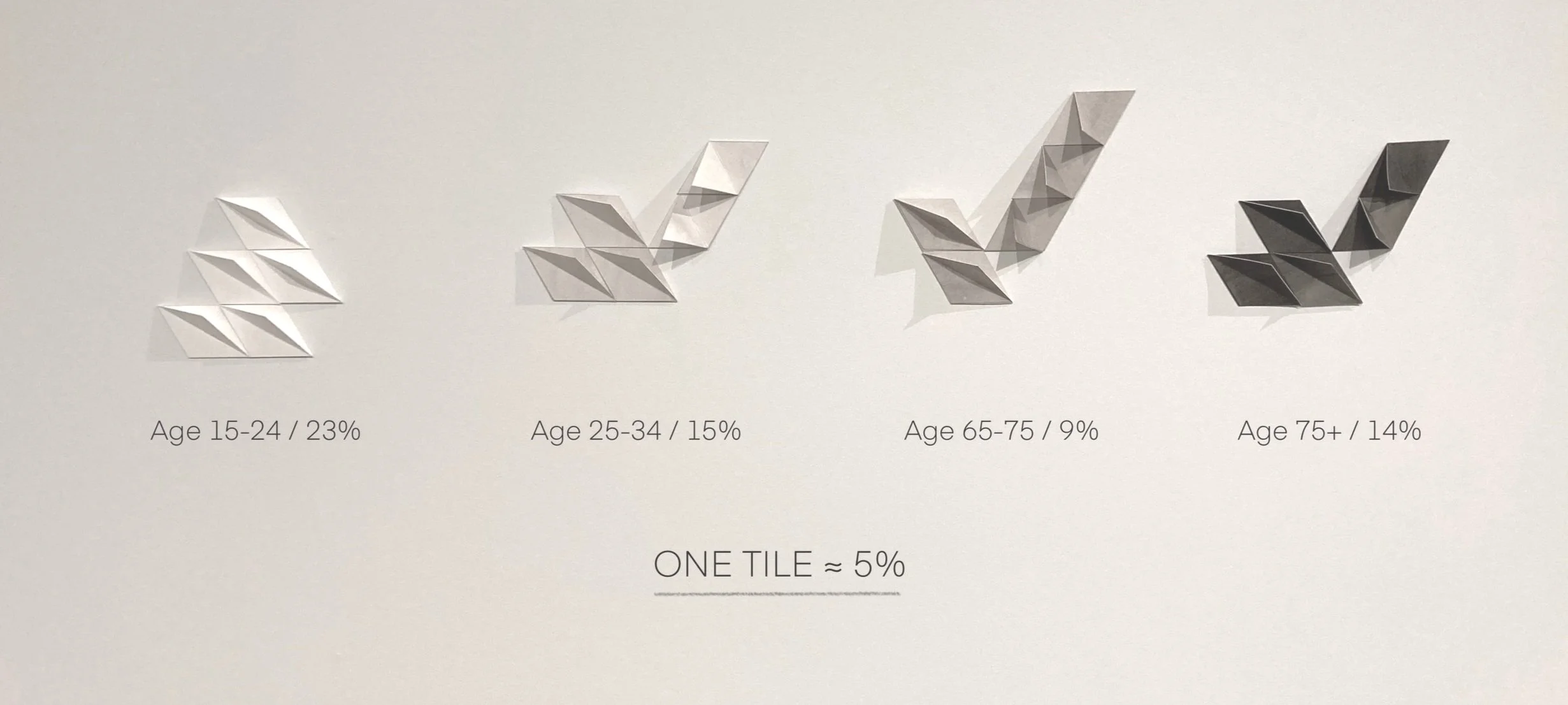data key / let’s be islands together
As an artist and citizen scientist, I turn to materials to make sense of the world. Visualizing data in a tactile way helps me to honour my subject(s) by better understanding the stories I’m telling. Combining data with physical materials, I’m building not only knowledge but compassion, translating data into something that you can hold in your hands.
My explorations happen through prototyping. This work is my laboratory, where I explore our unique realities and examine our perceptions. I’m interested in developing new ways of communicating our inner worlds through data visualization. Building artworks, visual languages and design systems based on principles of Data Humanism, my work responds to the de-personalization of Big Data, reminding us that there is intimacy in how and why we share information.
My practice is inspired by the conditional drawings of Sol LeWitt, where the artist develops a set of rules and instructions to be carried out by another person. The draftsperson becomes a machine. I echo this in my practice, building systems for visually expressing information then creating rules for their implementation. I apply this practice to self-quantified data in which people are voluntarily reflecting on their own experiences. This data becomes a primary material.
Image courtesy of Mass Moca
With this material as a map, I experiment with applying abstract visual forms to the stories that emerge. My aim is capture impressions of the complex perceptual information I’m handling and discover the patterns within. Using physical materials in an exploratory way allows me to connect deeply with the subject matter, getting my hands dirty in the data. I’m tracing the information back to it’s roots, to individuals with unique behaviours and experiences, fears, joys and desires.
My goal is to connect with people and their experiences, rather than to quantify them.
Prototypes
BELONGING AND HAVING SOMEONE TO COUNT ON
Three quarters of people in Canada say they always or often have someone to count on. These people are more likely to report a strong sense of belonging to their community.
53% of people who have someone they can count on say the always or often have a sense of belonging. 32% sometimes feel belonging, and 20% feel that they rarely or never experience it, even though they have someone to count on.
Source: stats can 2022
DATA KEY
YOUNG PEOPLE FEEL MORE LONESOME
Young people in Canada reported experiencing loneliness more frequently than older people.
Among youth aged 15 to 24 years, nearly one in four (23%) said they always or often felt lonely. This compared with 15% of those who were slightly older, aged 25 to 34. Seniors aged 75 and older (14%) reported feeling lonely more often than did those aged 65 to 74 (9%).
Source: stats can 2021
DATA KEY

